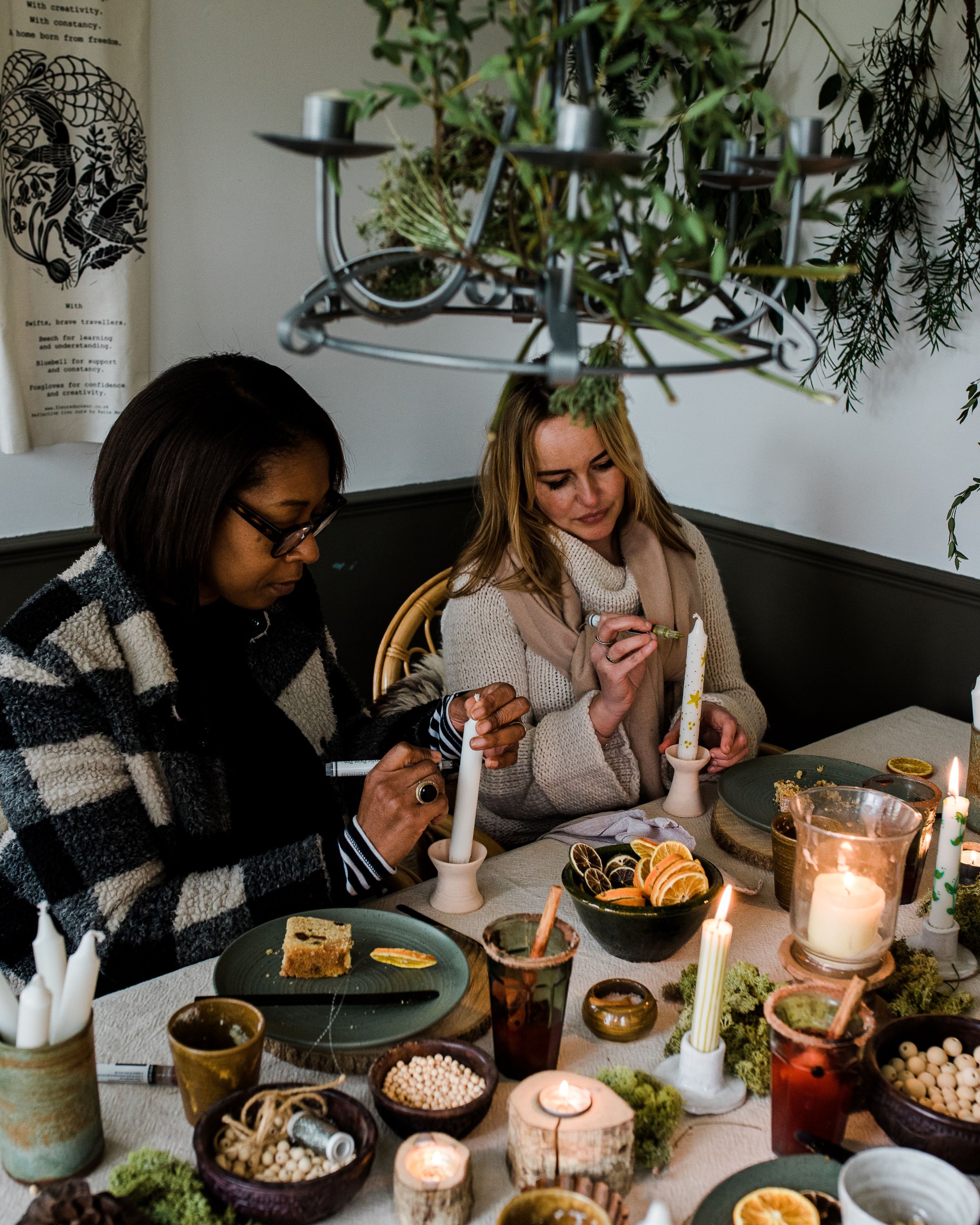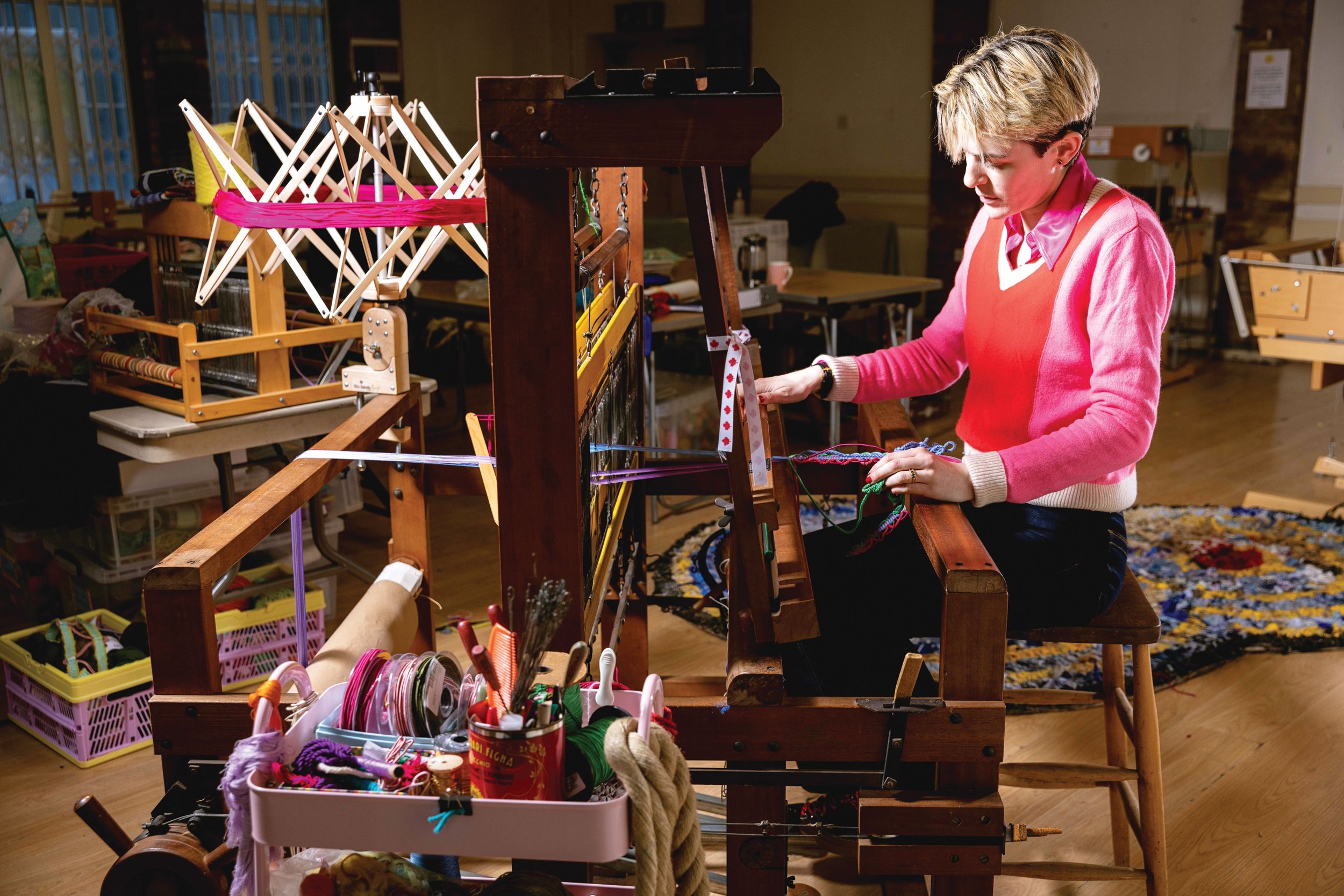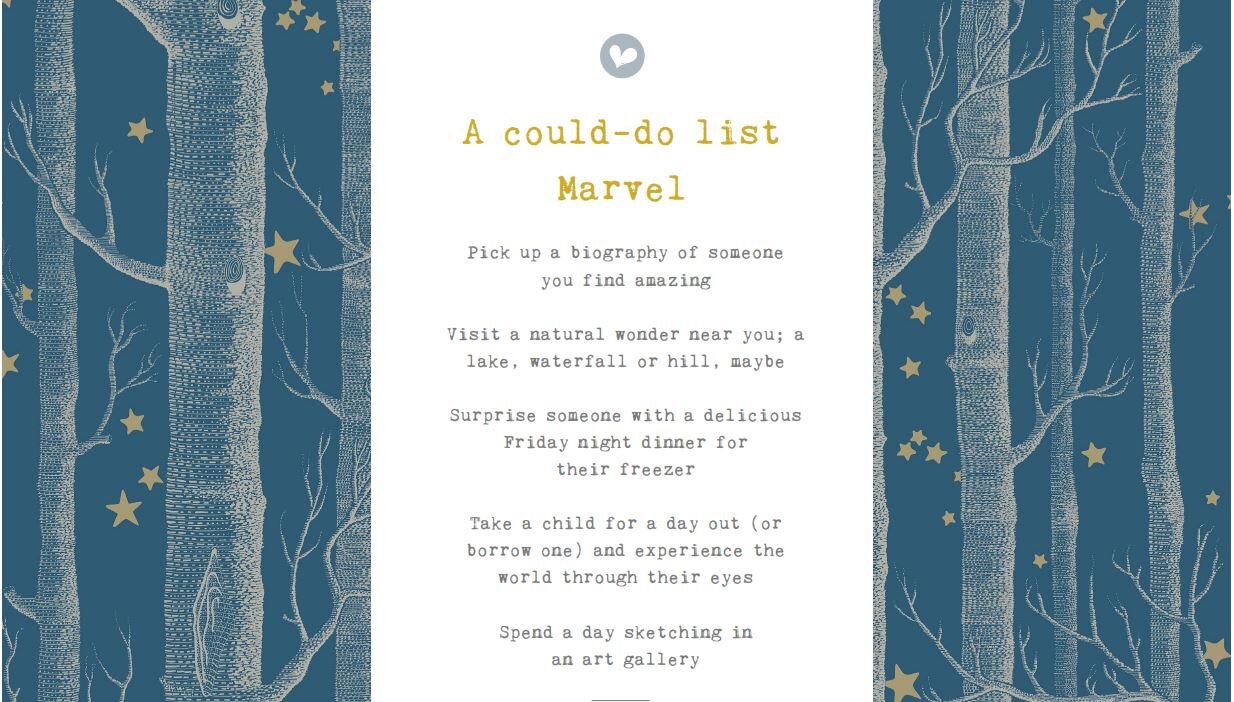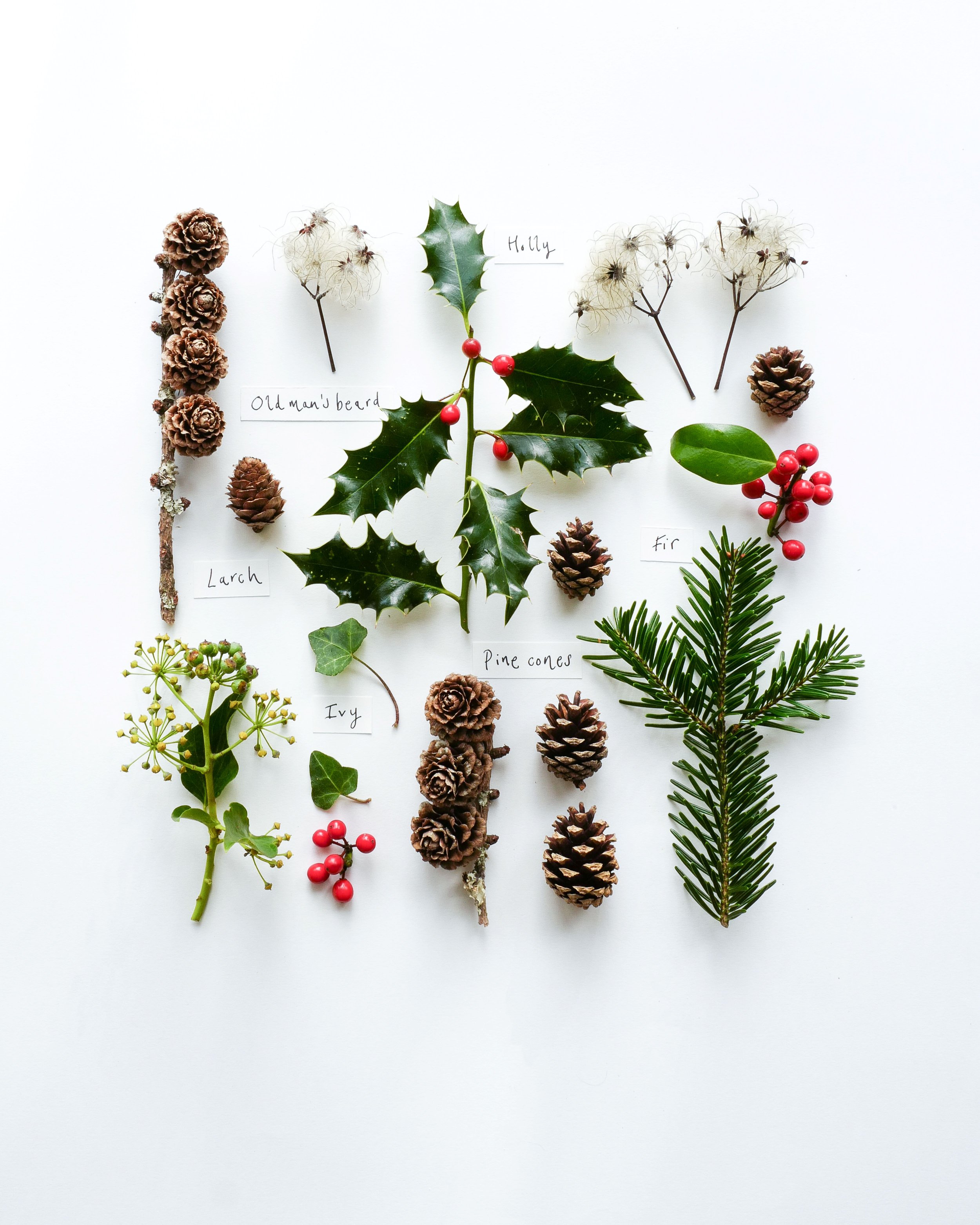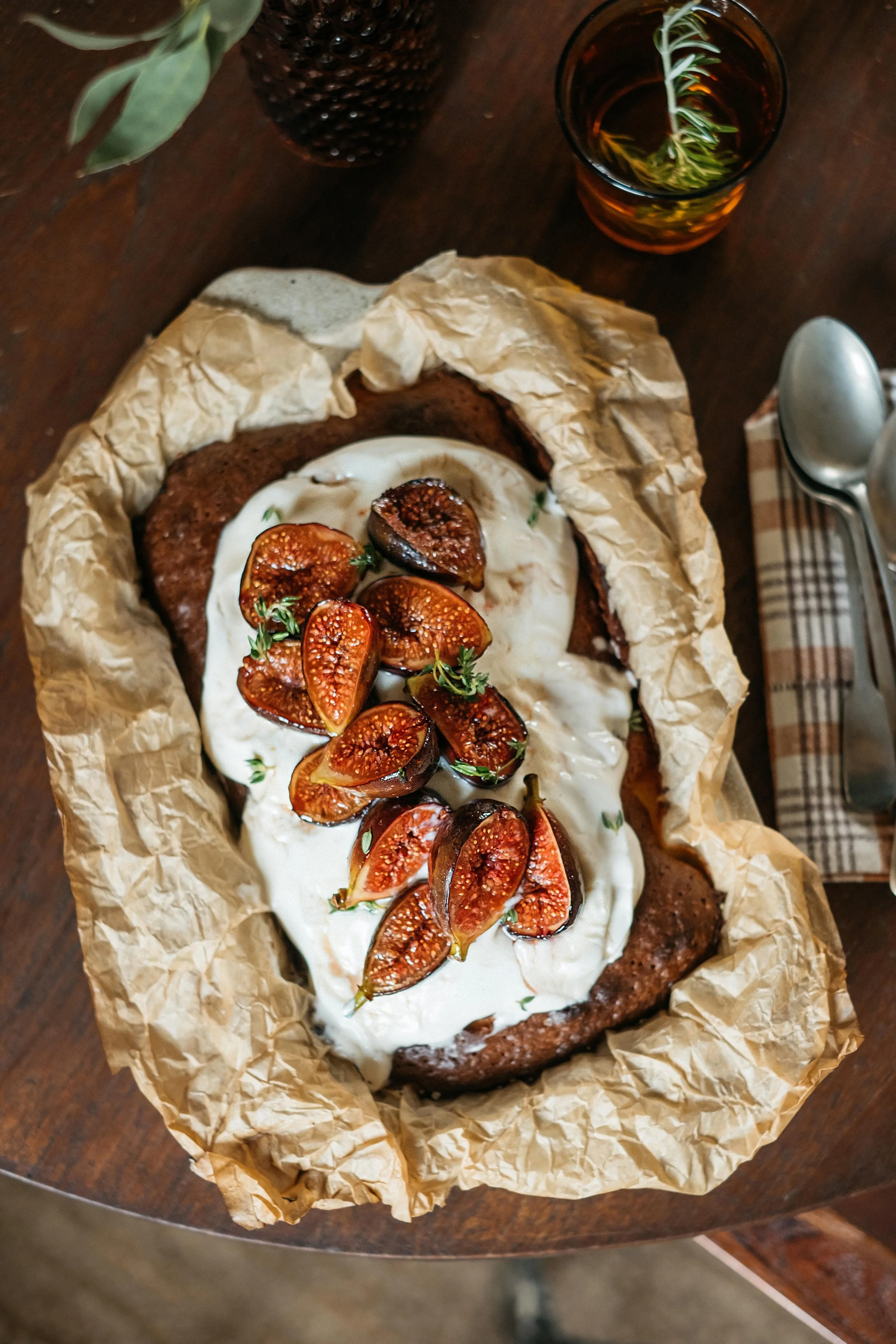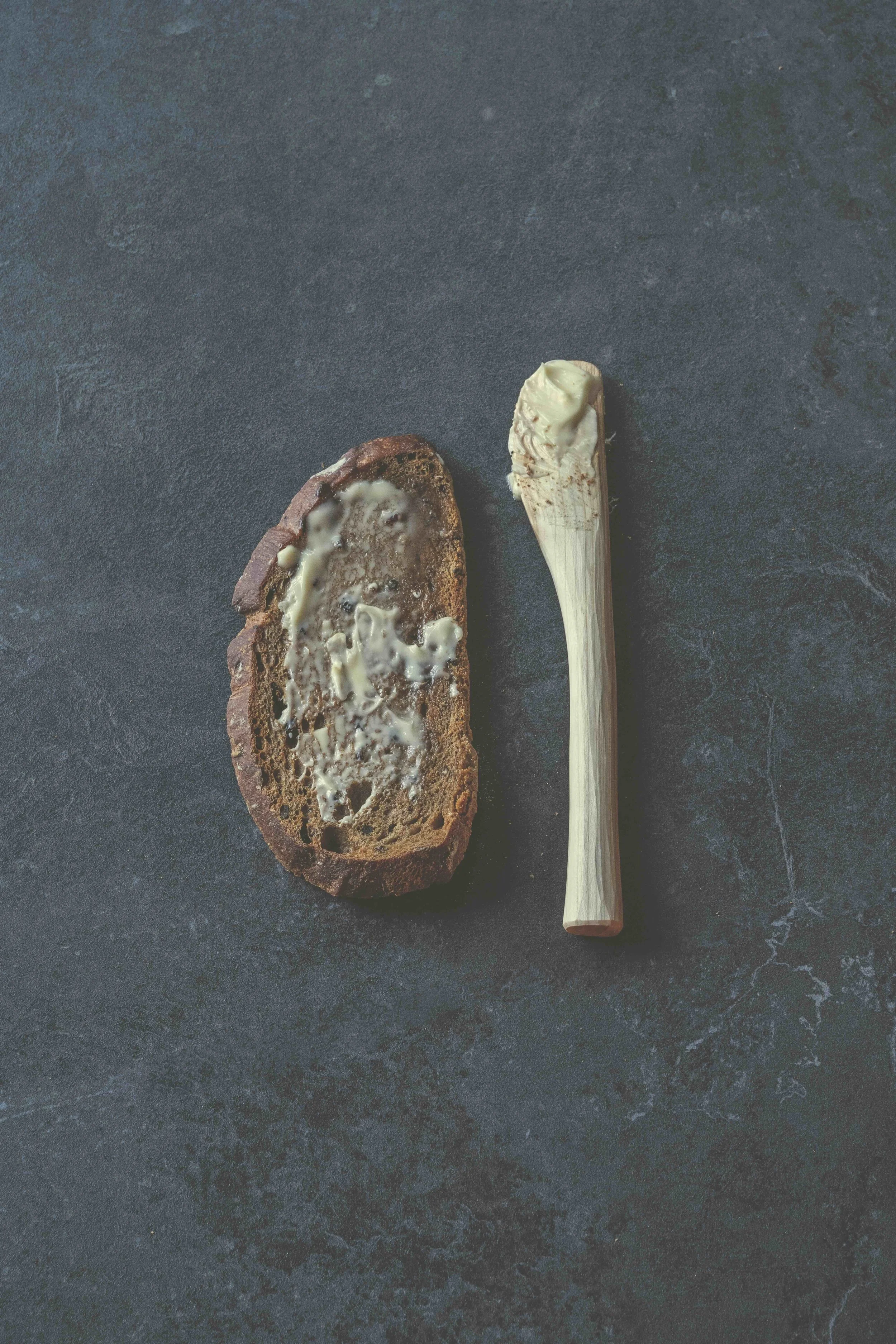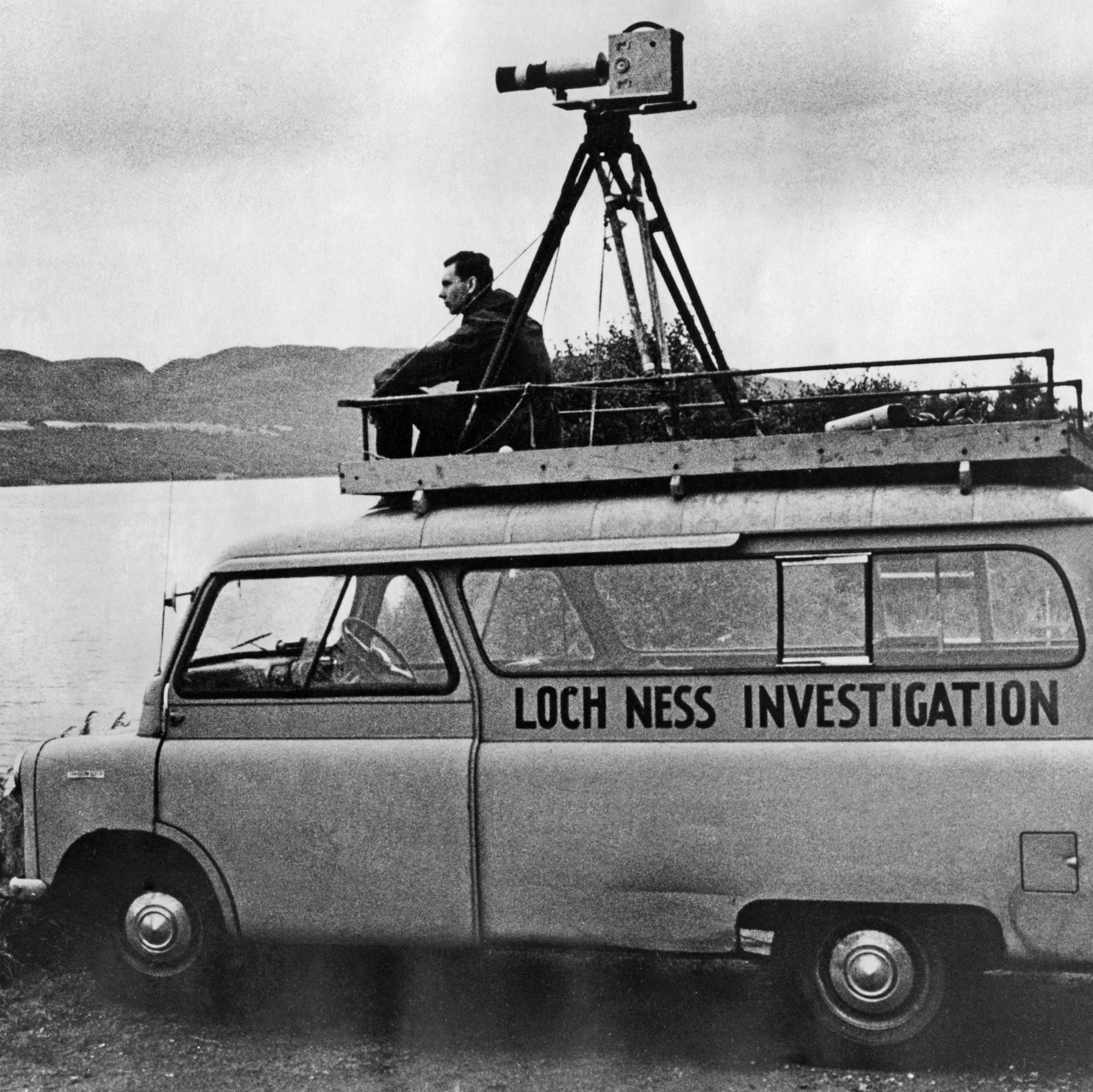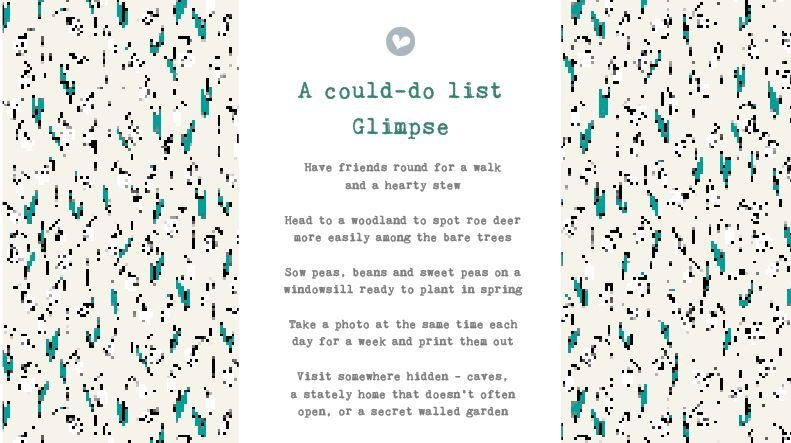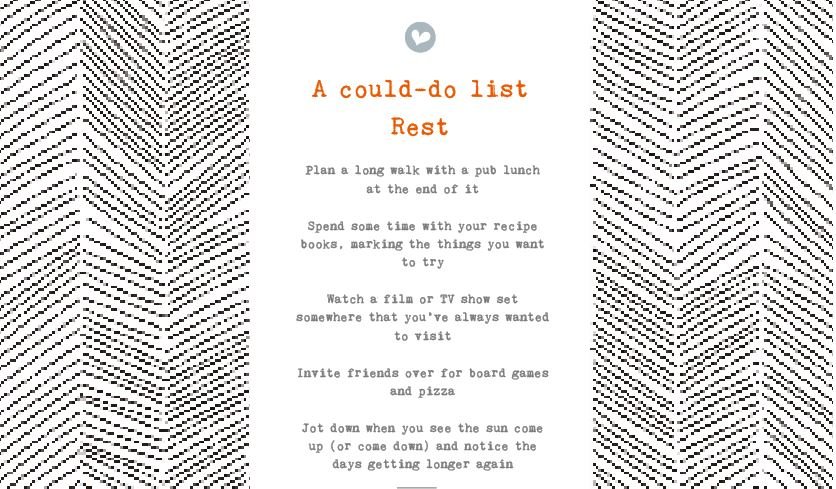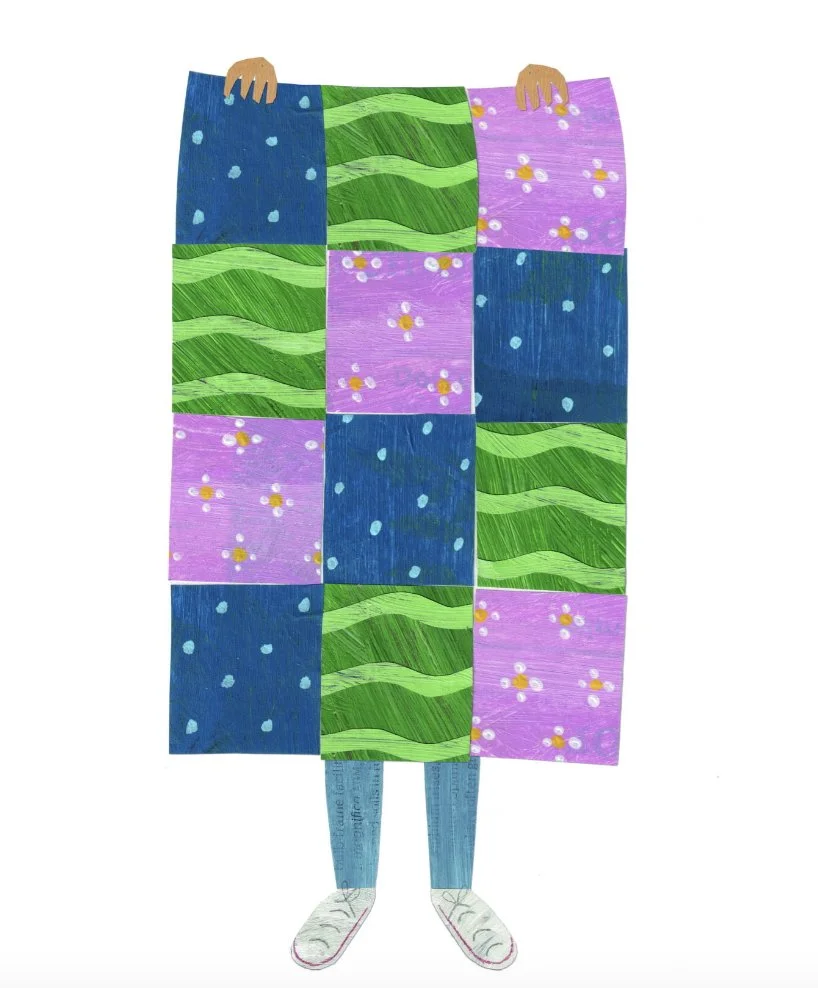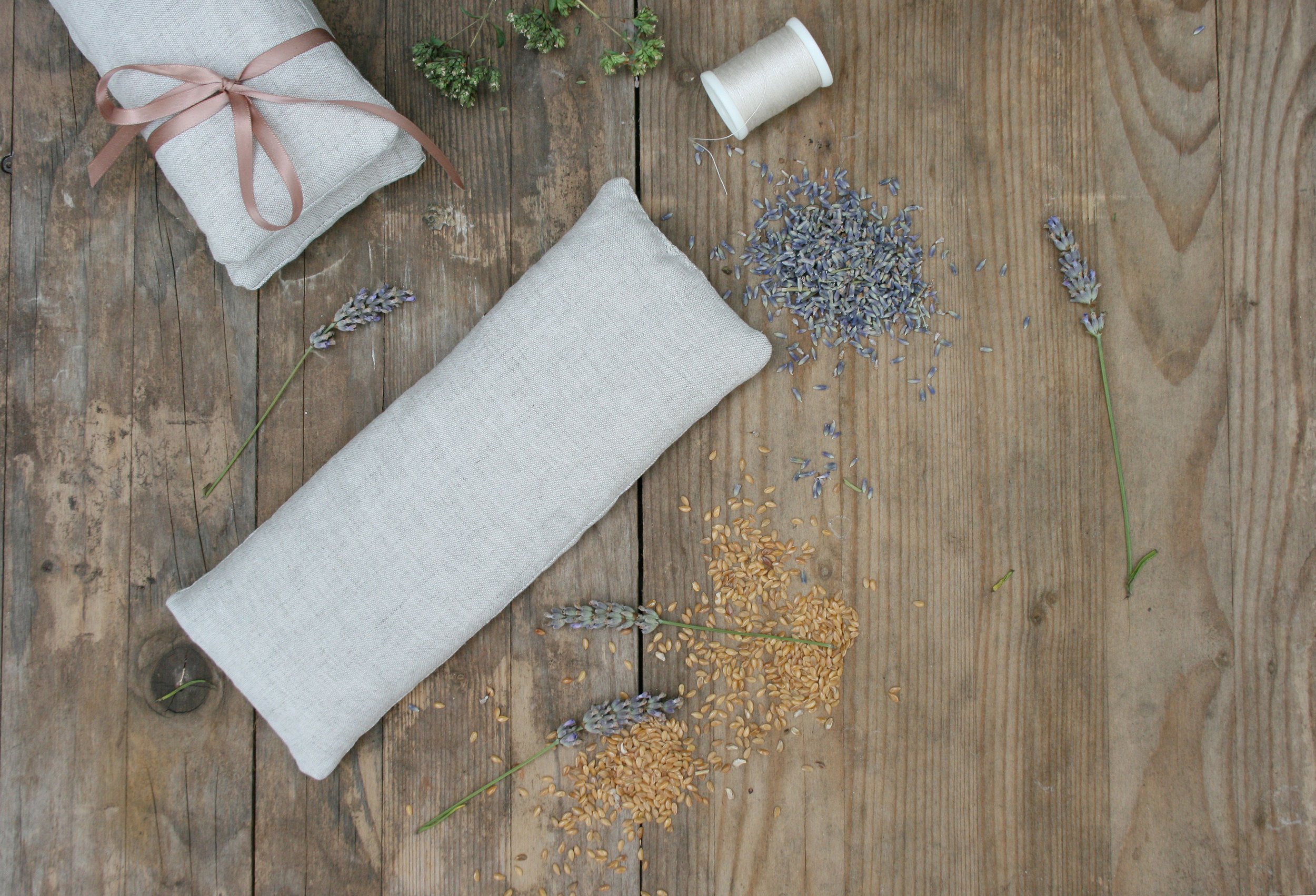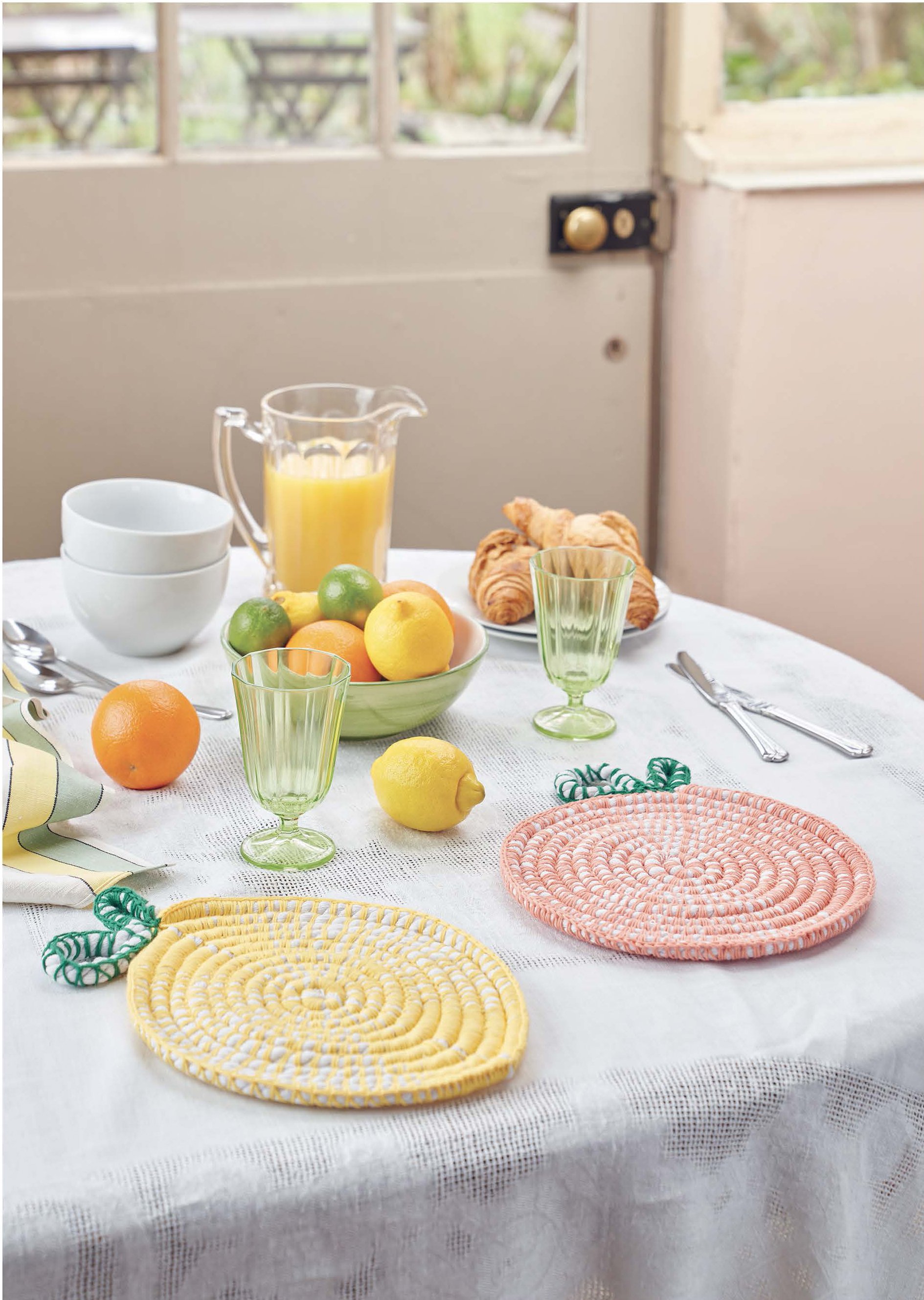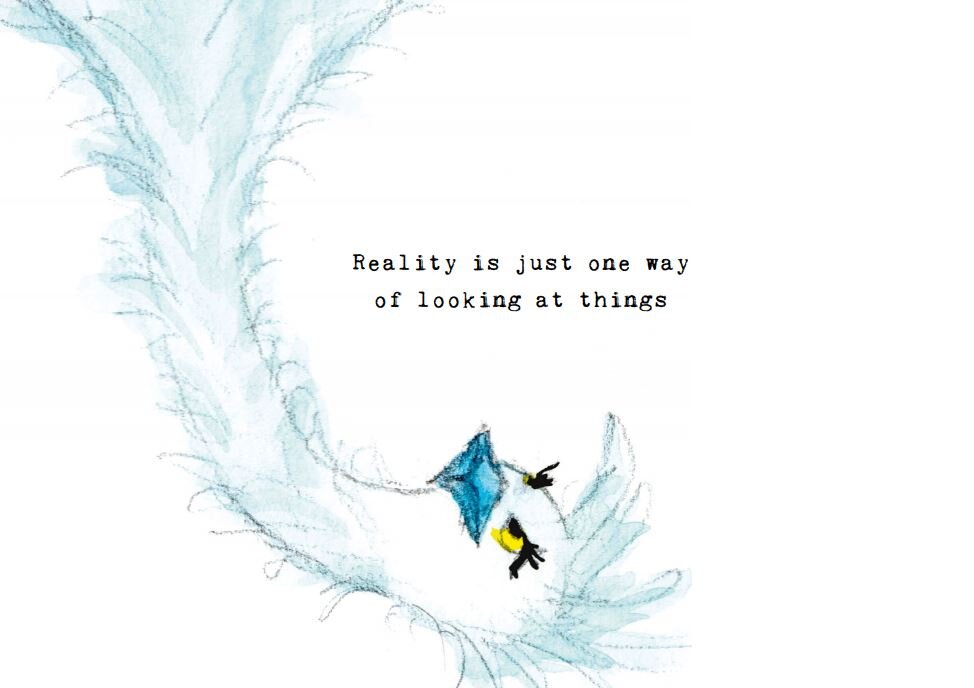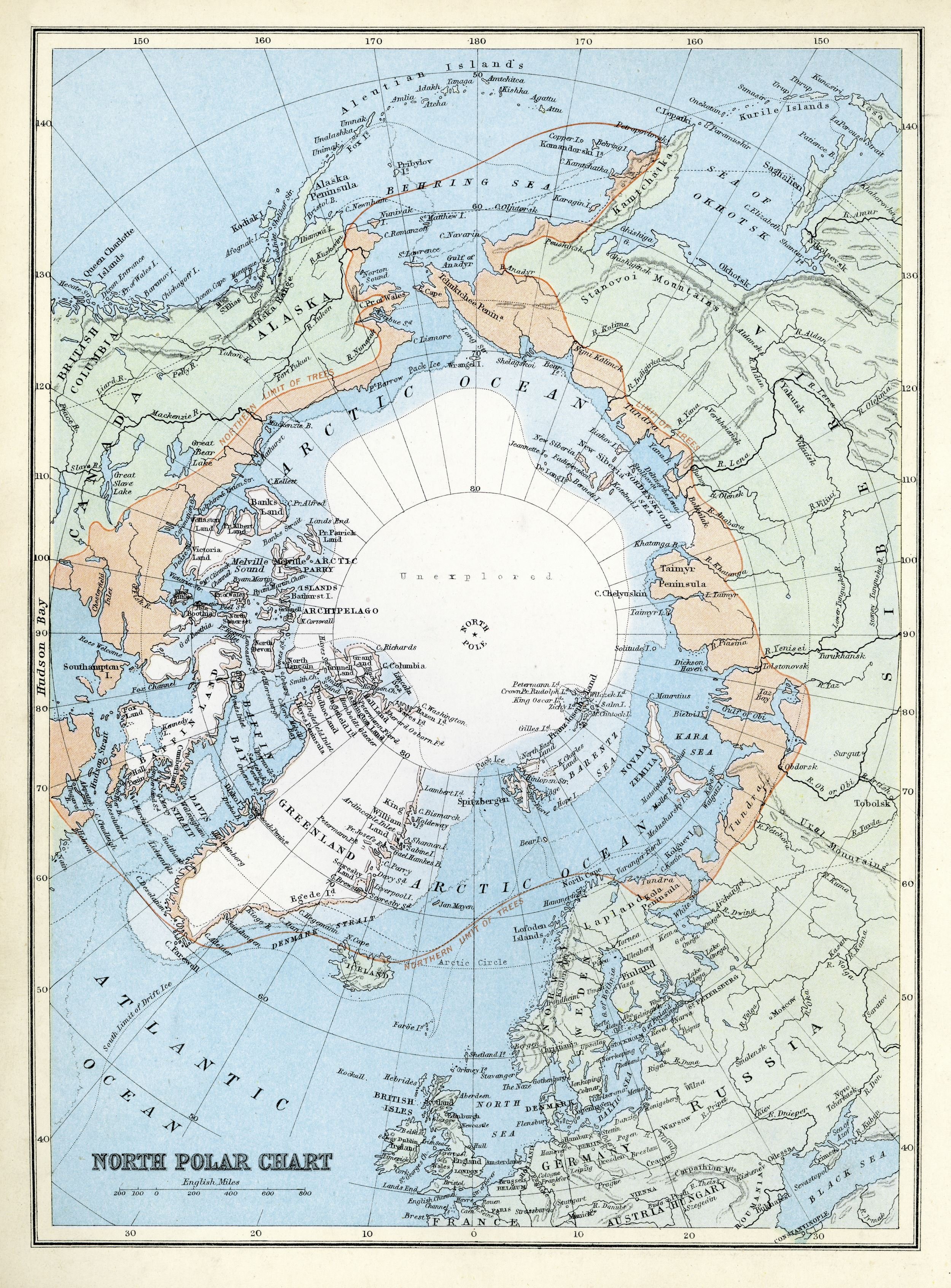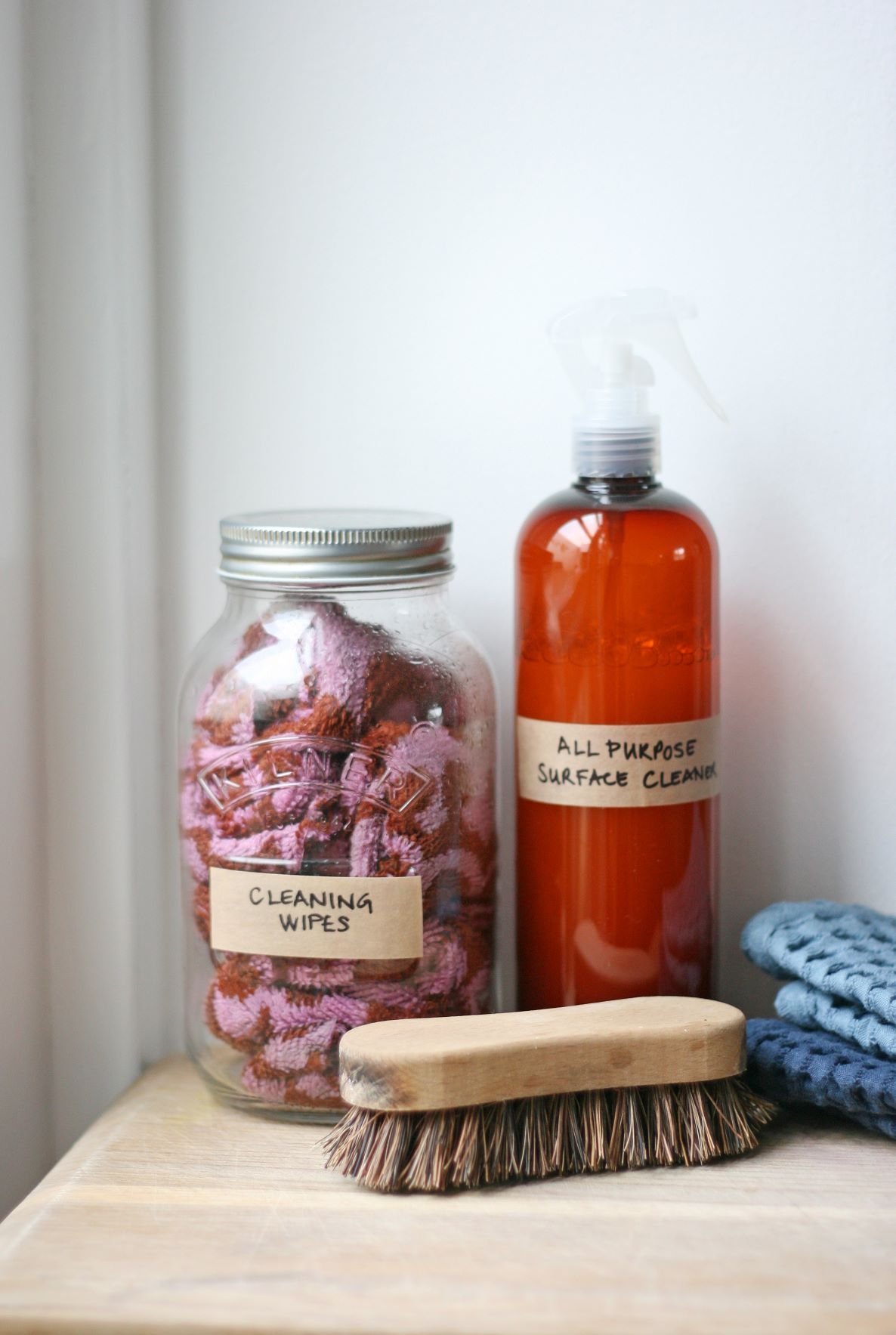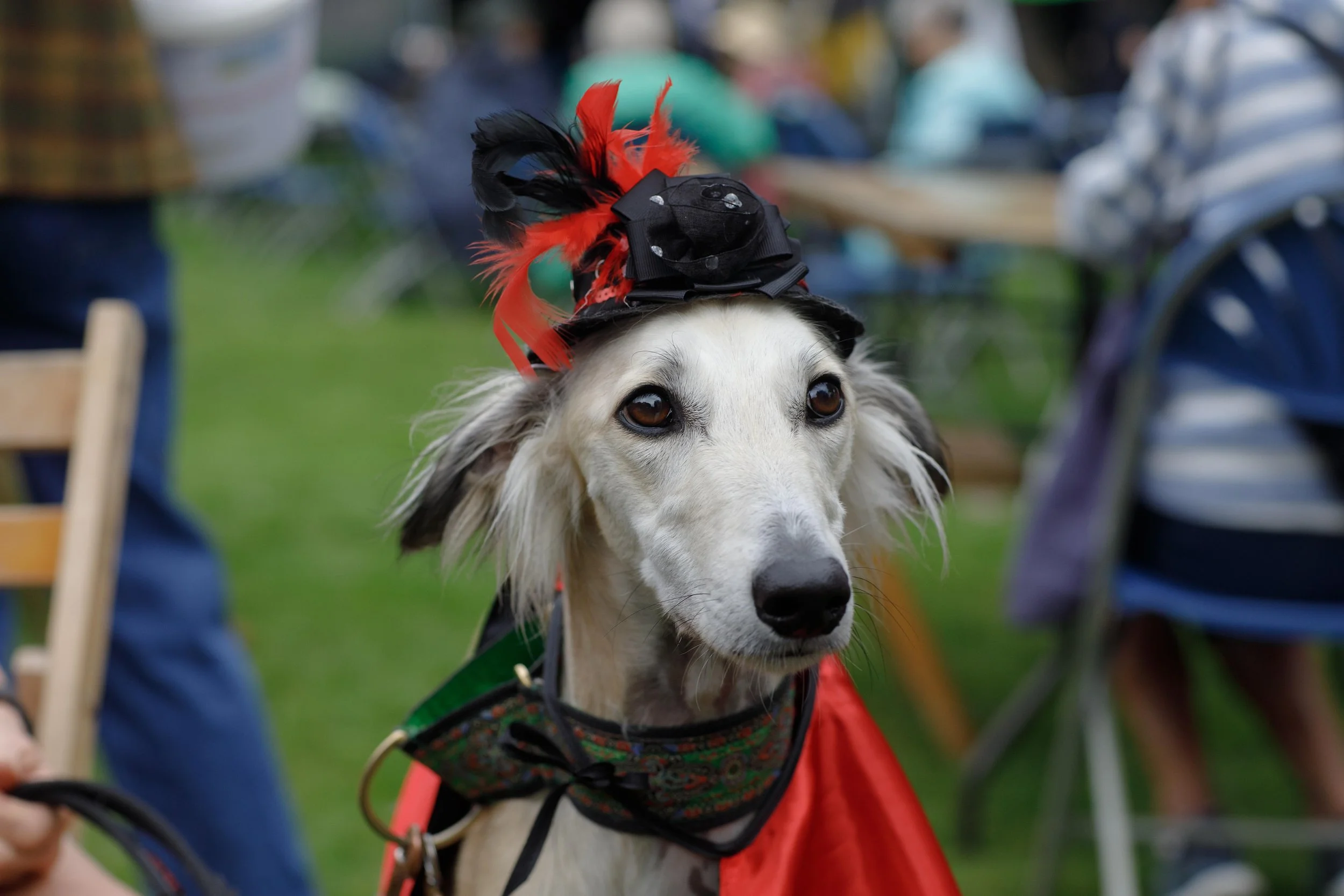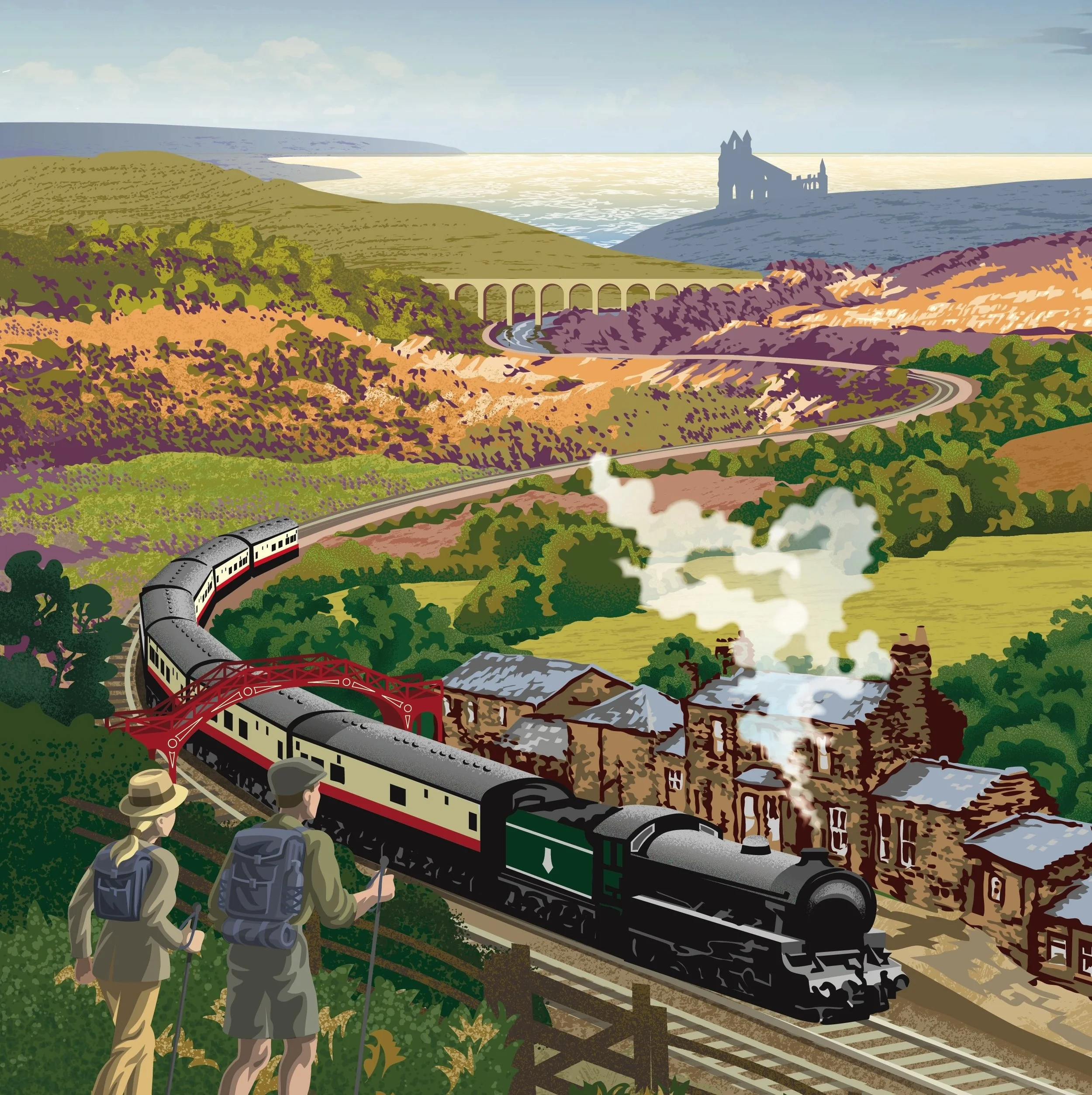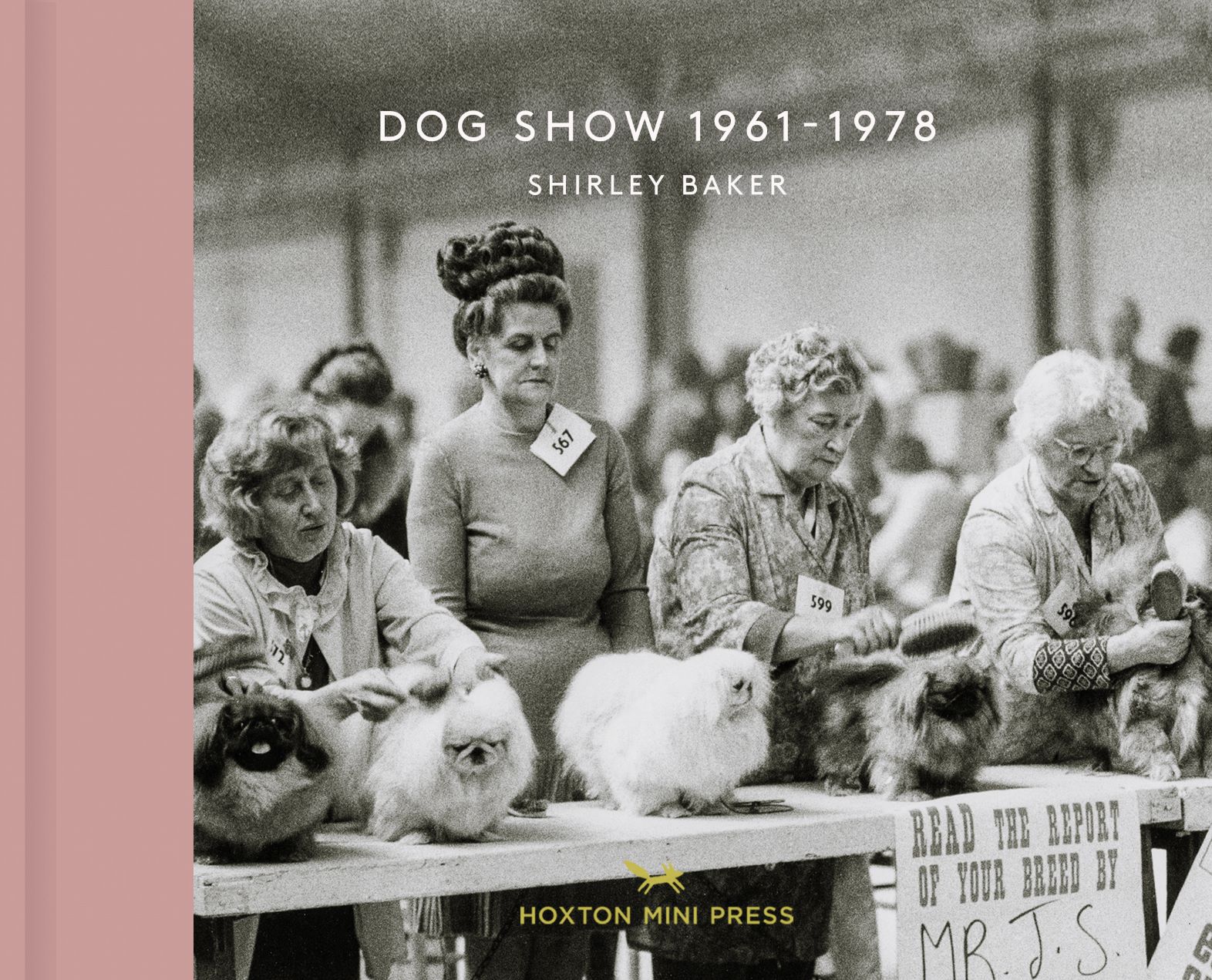Photography by Stocksy
Lots of people find November a bit of a difficult month, with long nights, and cold weather to get through, too far from summer and too long until Christmas. But if you look carefully, there are lots of small celebrations to be had and important moments to mark.
Making the most of seasonal moments is just one way to embrace the colder, darker days, giving you reasons to look forward to the month rather than to fear it. Browse our bumper ‘could-do’ list of ways to enjoy November below. You could do them all, pick just a few, swap them or customise them as you wish. Here’s to learning to love November!
1st: Celebrate Mexico’s Day of the Dead with paper flower garlands and a feast
2nd: Bake Soul Cakes for All Souls Day
3rd: Toast marshmallows on a firepit (or indoors if it’s too wet)
4th: Make a Guy from newspaper and old clothes for Bonfire Night
5th: Watch some fireworks and say ‘oooh’ and ‘aaah’ as warranted
6th: Make autumnal squash or pumpkin soup
7th: Spend some time with your Teddy Bear for Hug a Bear Day
8th: Get some early mince pies in and start writing Christmas cards
9th: Compile a November reading list of cosy books
10th: Light a candle in the evening
11th: Wear a new, non-plastic, poppy for Remembrance Day, or just remember a loved one in your own quiet way
12th: Spend a day slow cooking, savouring the time simply spent on the task
13th: Go for a walk somewhere new at lunchtime to make the most of the daylight
14th: Start a new craft project to see you through winter
15th: Make up jars of toppings for porridge to make your mornings cheerier
16th: Tell ghost stories with friends
17th: As if you needed an excuse, it’s Homemade Bread Day, so get kneading
18th: Re-read an ‘old favourite’ book
19th: Make your bedroom cosy and winter ready with blankets and throws
20th: Mark World Television Day by cosying up with a box set
21st: Celebrate ‘World Hello Day’ by greeting 10 strangers
22nd: Collect colourful leaves on a woodland walk
23rd: Invite friends over for a board games evening
24th: Buy an advent calendar (a proper one with beautiful pictures) ready for next week
25th: Mark Thanksgiving with a meal for family or friends or just a quiet moment of counting your blessings
26th: Make your Christmas pud on Sitr-up Sunday
27th: See if you can spot the full moon today. It’s called the Beaver Moon, or Frost Moon
28th: Hug a tree to mark the second day of National Tree Week
29th: Embrace the dark with a night hike
30th: Cook a Scottish dish such as kedgeree or haggis for St Andrew’s Day
For more inspiration on feeling better about this time of year, read ‘How I Learned to Love November’ in our November (of course!) issue.
Buy this month's The Simple Things - buy, download or subscribe



